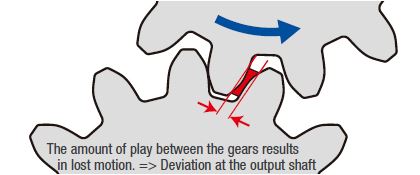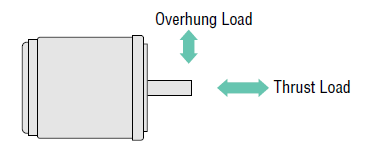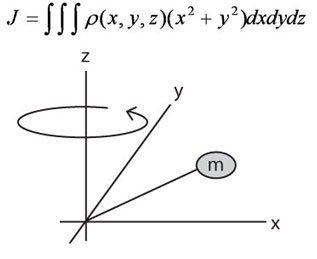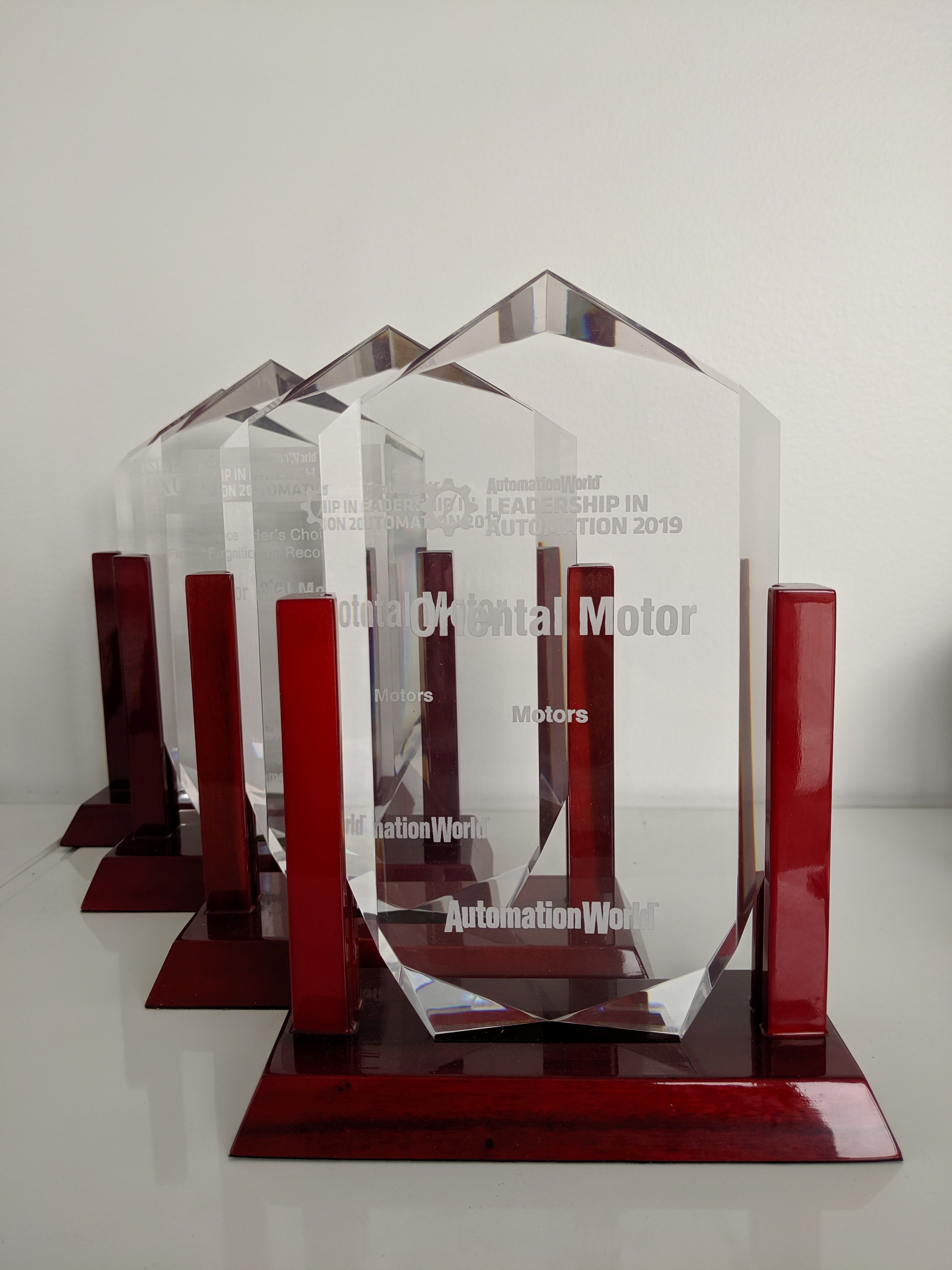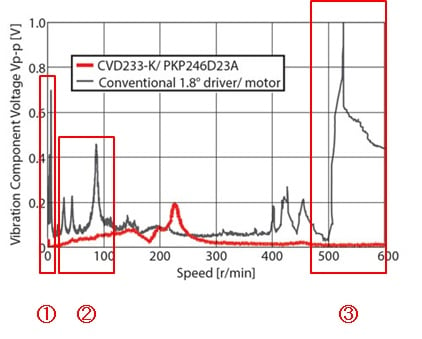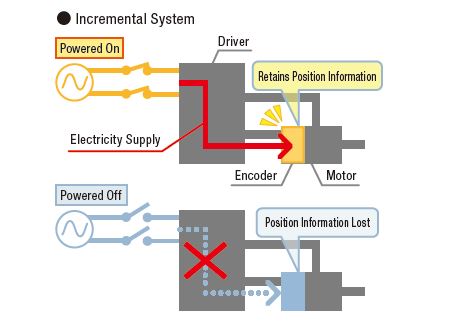The significance of position control accuracy of motors varies depending on the application. For an AGV in a farm with DC motor-driven wheels, position control accuracy is probably not as crucial as a surgical robot where incisions are controlled by servo motors or stepper motors.
Welcome to Oriental Motor's "Engineering Notes" Blog:
Products and technology are only valuable when coupled with skilled people and services to support them. Since 1978, ORIENTAL MOTOR U.S.A. CORP. has been building a service and support system to better serve customers. It is our goal to provide the best product and service from the design phase, through the sale and beyond.
Our blog will feature:
- Introduction to new products and technologies
- Motion control basics and application examples
- Tips for motor selection, programming, and troubleshooting
Topics: Stepper Motors, Alphastep Hybrid Control, Gearheads, Servo Motors, Motion Control Basics
Motor Sizing Basics Part 4 - How to Calculate Radial Load and Axial Load
Besides load torque, acceleration torque, speed, and load inertia, overlooking certain sizing parameters during the motor sizing process can literally make or break your machine.
Topics: AC Motors, Stepper Motors, Speed Control, Motor Sizing, BLDC Motors, Gearheads, Servo Motors, Motion Control Basics
A gripper is typically an end effector that is installed at the end of a robotic arm or on a cartesian robot and can be used to grip parts in order to transfer them from one location to another. However, there's more to it than just closing the jaws to pinch a part.
Topics: Stepper Motors, Robotics, Absolute Positioning, Alphastep Hybrid Control, Linear Actuators, VIDEOS, Application Examples
Motor Sizing Basics Part 3: How to Calculate Speed, Acceleration Torque, and RMS Torque
Now that we understand the calculations behind load torque and load inertia, we're a little closer to motor selection. You might be wondering why I separated load torque and acceleration torque calculations. That's because in order to calculate for acceleration torque, load inertia and speed must be calculated first.
Topics: AC Motors, Stepper Motors, Alphastep Hybrid Control, Linear Actuators, Speed Control, Motor Sizing, BLDC Motors, Servo Motors, Motion Control Basics
Motor Sizing Basics Part 2: How to Calculate Load Inertia
Topics: AC Motors, Stepper Motors, Alphastep Hybrid Control, Linear Actuators, Speed Control, Motor Sizing, BLDC Motors, Gearheads, Servo Motors, Rotary Actuators/Index Tables, Motion Control Basics
Motor Sizing Basics Part 1: How to Calculate Load Torque
Proper sizing of a motor requires that 3 criteria must be met: torque, load inertia, and speed. For the first part of this Motor Sizing Basics series, I will be explaining what load torque is, how to calculate it for specific application examples, and how it fits into the torque requirement for the application.
Topics: AC Motors, Stepper Motors, Alphastep Hybrid Control, Linear Actuators, Speed Control, Motor Sizing, BLDC Motors, Servo Motors, Rotary Actuators/Index Tables, Motion Control Basics, Conveyors
In the spirit of Thanksgiving, I thought I'd change gears (pun intended) and write about what Oriental Motor is thankful for.
First, we are thankful for our customers for being our customers and helping us grow to be a globally reputable motion control manufacturer.
Second, we are thankful for the awards and recognition we've received over the years. It's always good to know that we're doing a good job and these accolades definitely serve as motivation to become even better at what we do.
While we are grateful for these awards and recognition, our greatest satisfaction comes from applying our award-winning products to solve motion control challenges for our customers.
Topics: Stepper Motors, Absolute Positioning, Alphastep Hybrid Control
Stepper motors vibrate. It's what they do. To minimize motor vibration, first we need to understand where they come from.
Topics: Stepper Motors, Smooth Drive, Motor Sizing, VIDEOS, Gearheads
The terms "absolute" and "incremental" come up frequently in the world of position control. The exact meaning can be the type of motion done by the motor in programming terms or the type of feedback device used with the motor. In this article, we will focus on the differences between an incremental closed-loop feedback system and an absolute closed-loop feedback system.
Topics: Stepper Motors, Absolute Positioning, Alphastep Hybrid Control, Linear Actuators, VIDEOS
The word, "AlphaStep", describes Oriental Motor's patented Hybrid Control technology, which offers improved stepper motor performance by sensing the rotor position and automatically switching between open-loop and closed-loop operation when necessary. This post explains the unique technologies offered within the AlphaStep family of products and summarizes the numerous integrated options available. It also can serve as a website navigation guide (video added).
Topics: Stepper Motors, Absolute Positioning, Alphastep Hybrid Control, Linear Actuators, VIDEOS, Gearheads, Software, Network
